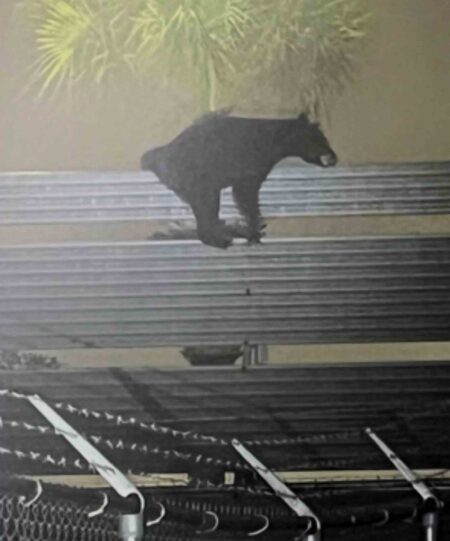NICEVILLE, Fla. — This week in It’s Geek to Me, Jeff Werner tackles a question from a Fort Walton Beach reader who wants to know how “reverse image search” works. From spotting fake posts to tracking down the original source of a photo, Jeff explains how this digital detective tool can help everyday users cut through misinformation online.
As always, Jeff reminds readers that It’s Geek to Me thrives on your questions. If you’ve got a nagging tech issue — whether it’s with your PC, email, phone, or smart devices — send it his way at ItsGeekToMe.co.
QUESTION:
First, thanks for your work. I often find helpful information and hints that make my digital life easier. Now to my questions. I hear a lot about “reverse image searches.” As I understand the process, this means taking an image that I have and using it to find the source of that image. Do I understand this correctly? How do I do reverse image searches from my desktop/laptop PC or other device? Thanks.
– Ed R., Fort Walton Beach, Florida
ANSWER:
Hi Ed. You’re welcome! Your appreciation is very much appreciated.
It seems like you have a pretty good grasp of the basics of reverse image searches, but there are a few holes in your definition. A reverse image search is a type of search that uses the visual information contained in a picture as the basis of a query instead of words.
You are correct in saying that it can be used to locate the source of an image, but a reverse image search can also be used to find similar images, web pages upon which the image appears, information related to the image, and more.
Think of it this way: a regular search is like asking a librarian for a book by its title. A reverse image search is like bringing the book to the librarian and asking, “Where did you get this?” The librarian (your search engine) will scan its vast digital shelves and tell you everywhere that same book or similar versions can be found.
When you upload an image or provide a link to one, the search engine doesn’t just look for an identical copy. It analyzes the image for its unique digital fingerprint – things like colors, shapes, and textures.
It looks for distinguishing features, such as the unique pattern of a building or the color of a sunset. Then it searches its index of billions of images, comparing the key features of your image to all the others.
This process can give you a lot of useful information. You might find the original source of a photo, which is a great way to verify a story or find the artist who took it.
You can also discover if the image has been altered or used somewhere else. For instance, if you find the same image but it’s much older than the social media post you saw, that’s a strong indicator that it’s being used out of context.
Some browsers, such as Google Chrome, have image searching built in. On a desktop, you can often just right-click an image and select “Search Google for image.”
On your phone, you might look for a camera icon within the search bar. There are also dedicated sites, such as TinEye, that specialize in reverse image searching.
It’s a simple, powerful tool for the modern digital detective. In a world full of fake news and misinformation, being able to quickly trace an image back to its source is a kind of superpower.
The next time you’re scrolling through your feed and something looks a little fishy, try a reverse image search. It might just save you from falling for the digital equivalent of a tall tale. To try it yourself, visit the Google Images website and click the camera icon.
To view additional content, comment on articles, or submit a question, visit my website at ItsGeekToMe.co (not .com!)
Jeff Werner, a software engineer based in Niceville, Florida, has been writing his popular “It’s Geek to Me” tech column since 2007. He shares his expertise to help readers solve everyday tech challenges.







